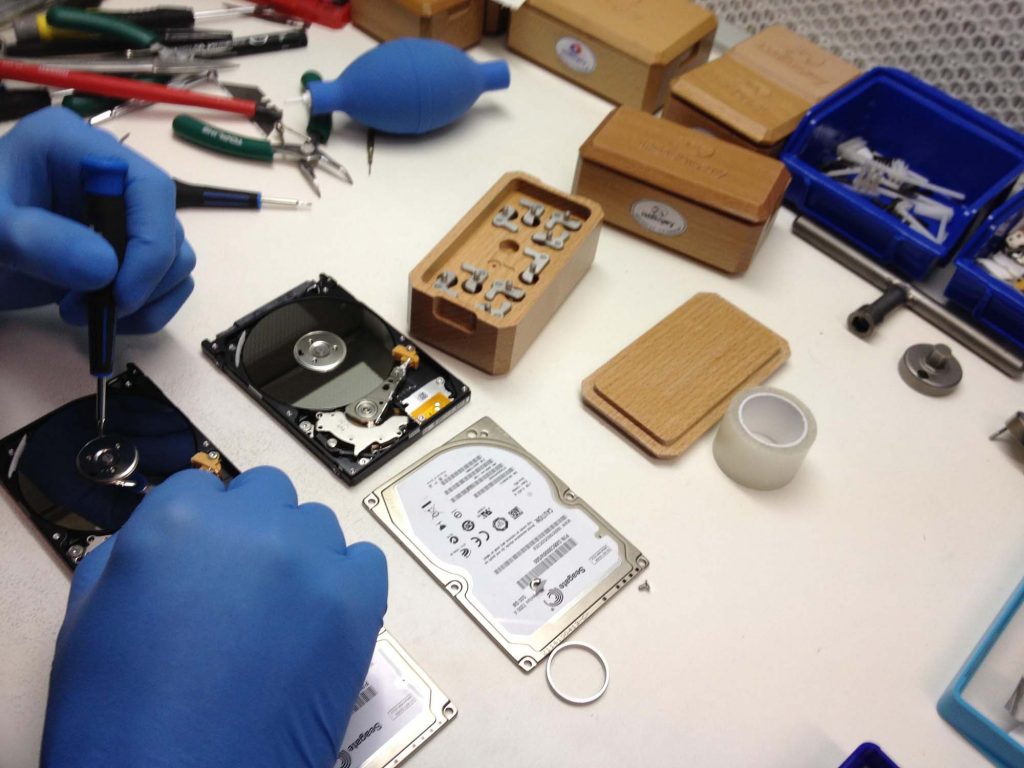Solid State Drives (SSDs) are on the rise for use in computers and mobile devices. They are, in most cases, considered superior to Data Recovery Services hard drives. They have many advantages over HDD being much lighter, higher net operating speed and low risk of physical anomaly.
In addition, mobile devices are mainly recommended due to their much smaller dimensions. The Data Recovery Services disadvantage is given only by the still high prices. This problem will be solved once the technology has evolved.
SSD Data Recovery Services costs are usually higher than HDD Data Recovery Services. Unlike HDDs, SSDs do not write data sequentially. Attempts to recover data often involve “collecting” information from different sectors.
Most commonly caused by damage to the controller that handles the translation of memory addresses into viable sectors for the file system. The memory chips can be damaged, in which case the SSD drive becomes inaccessible. For all of these situations, accessing SSD data using specialized equipment is similar to that at the factory.

Data may be affected by viruses, formatting, accidental Twitter data corruption or corrupted information. Data access is done by scanning and analyzing SSD sectors, but in some cases the TRIM function, which manages freeing and optimizing memory cells, prevents data recovery.
SSD data recovery is performed with specialized equipment that involves a series of procedures. Sometimes recovery is performed by physically detaching SSD memories and reading them with dedicated equipment.

